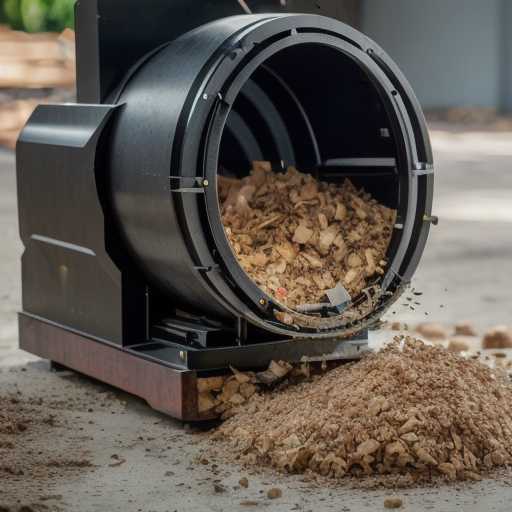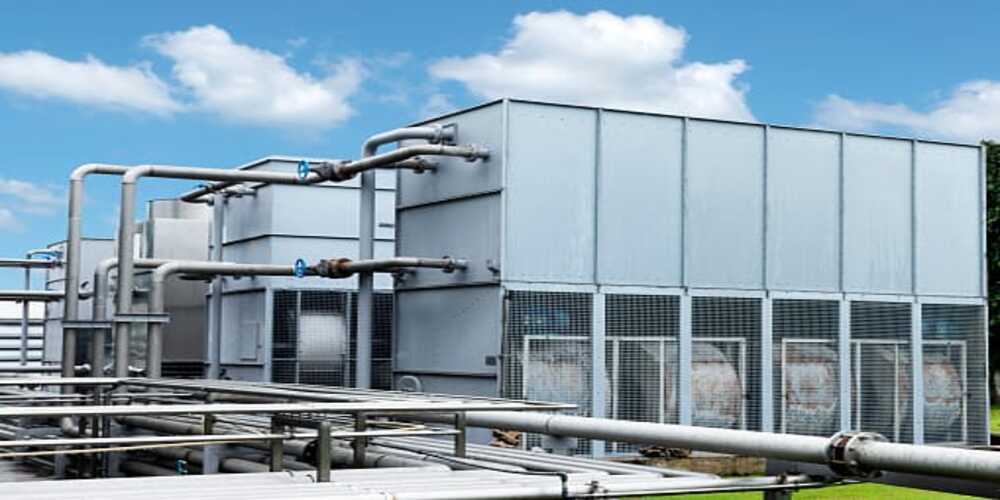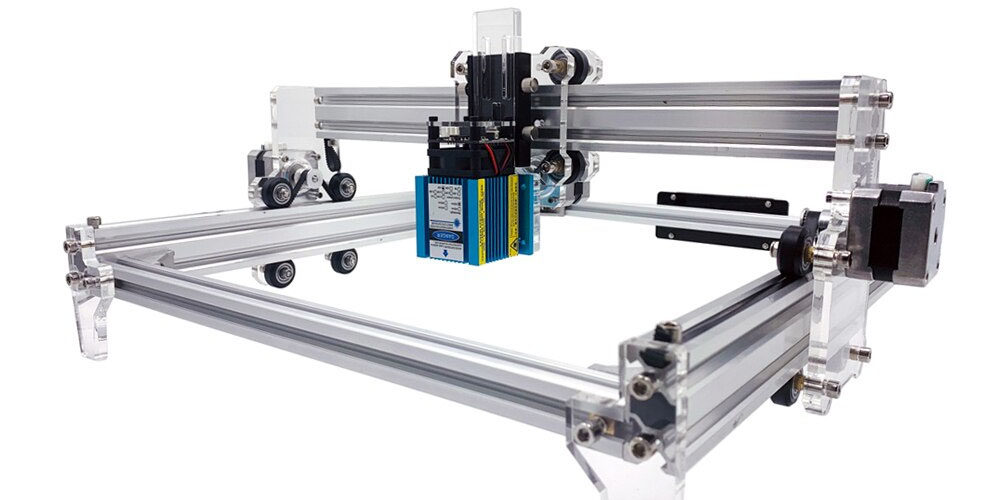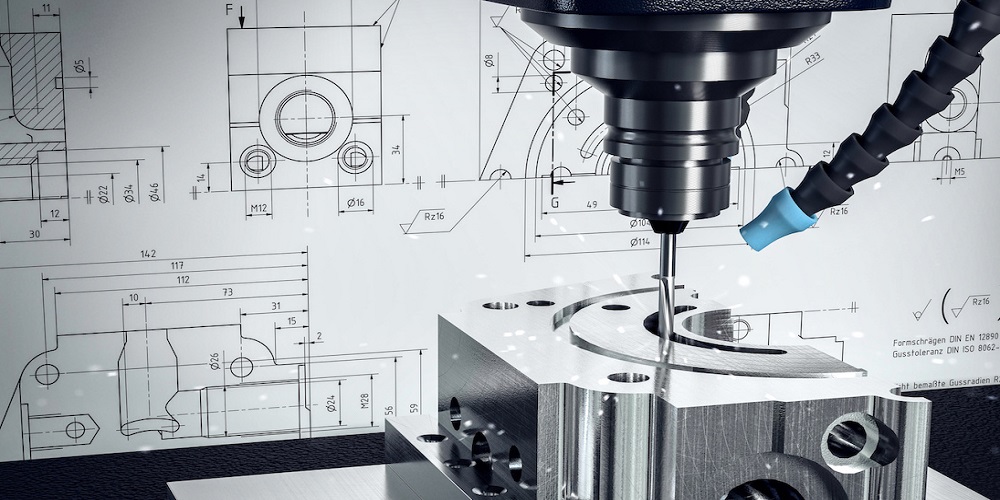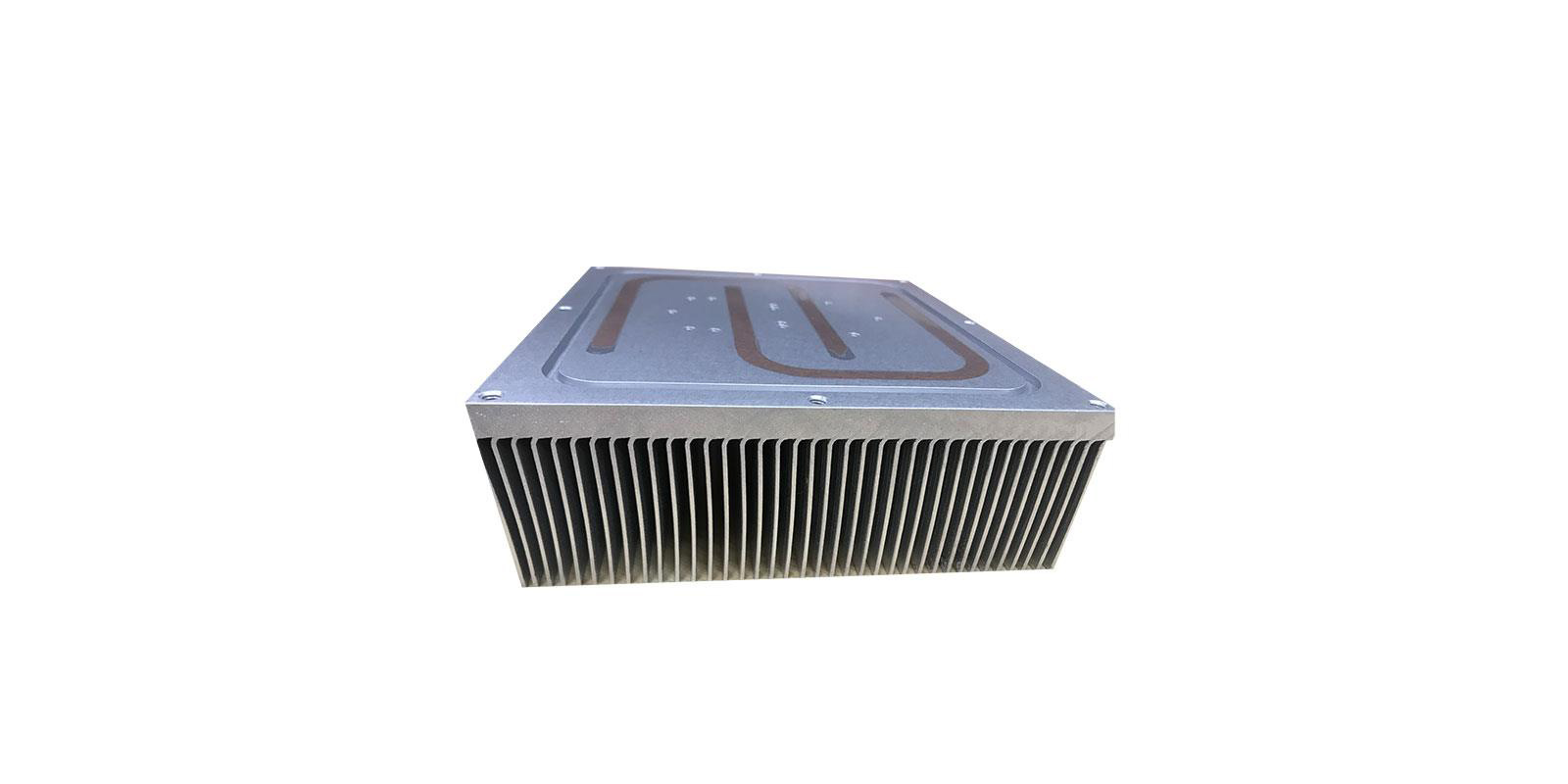Trencher teeth and wear parts play a critical role in the efficiency and performance of trenching machines. As these components repeatedly cut through various types of soil and rocks, they undergo significant wear and tear over time.
It is essential for operators and maintenance personnel to recognize the signs of worn or damaged trencher teeth and wear trencher parts to ensure safe and productive trenching operations. In this article, we will discuss the common signs of wear and damage in trencher teeth and wear parts and the importance of timely replacement.
Signs of Damaged Trencher Teeth & Wear Parts
Signs of damaged trencher teeth and other parts are as below:
Reduced Trenching Efficiency
One of the first signs of worn or damaged trencher teeth and wear parts is reduced trenching efficiency. As the cutting edges of the teeth wear down, the trencher may struggle to cut through the ground with the same speed and effectiveness as before. Operators may notice slower trenching speeds or an increase in the time required to complete a trench.
In some cases, the trencher may struggle to maintain the desired trench depth, leading to uneven or incomplete trenches.
Excessive Vibration
Worn or damaged trencher teeth and wear parts can cause excessive vibration in the trenching machine during operation. Vibrations can lead to increased wear on other components, such as the gearbox and hydraulic system, and may also affect the operator’s comfort and safety.
Excessive vibration can be an indication that the trencher teeth are no longer cutting efficiently and need replacement.
Poor Trench Quality
When trencher teeth and wear parts are worn or damaged, they may produce trenches of poor quality. Trench walls may become rough, uneven, or jagged, leading to potential issues with trench stability. Poor trench quality can also affect the placement of utilities or cables in the trench, leading to costly rework or repairs.
It is crucial to monitor trench quality regularly and inspect trencher teeth for signs of wear or damage.
Increased Fuel Consumption
Worn or damaged trencher teeth and wear parts can lead to increased fuel consumption during trenching operations. Inefficient cutting can result in higher engine loads and increased fuel consumption as the trencher struggles to maintain the desired cutting depth.
Monitoring fuel consumption can help identify potential issues with trencher teeth and wear parts and prompt timely replacement.
Excessive Noise
Unusual or excessive noise during trenching operations can be a sign of worn or damaged trencher teeth. Grinding or scraping noises may indicate that the teeth are no longer cutting smoothly through the ground and may be in need of replacement. Ignoring excessive noise can lead to further damage to the trencher and increase the risk of costly breakdowns.
Importance of Timely Replacement
Timely replacement of worn or damaged trencher teeth and wear parts is essential to ensure the safety, efficiency, and longevity of trenching machines. Delaying replacement can lead to further damage to the trencher and other components, increasing maintenance costs and downtime.
Additionally, worn trencher teeth can lead to safety hazards, such as flying debris or uneven trenches, posing risks to operators and bystanders. Regular inspections and maintenance are crucial to identify signs of wear or damage in trencher teeth and wear parts.
Implementing a preventive maintenance schedule can help operators and maintenance personnel stay ahead of potential issues and plan for timely replacements. Working with reputable suppliers and manufacturers to source high-quality trencher teeth and wear parts is also important to ensure the reliability and performance of the trenching machine.
Final Remarks
Recognizing the signs of worn or damaged trencher teeth and wear parts is vital for safe and efficient trenching operations. Operators and maintenance personnel should be vigilant in monitoring trencher performance, trench quality, and machine noise to identify potential issues with trencher teeth and trencher wear parts.

